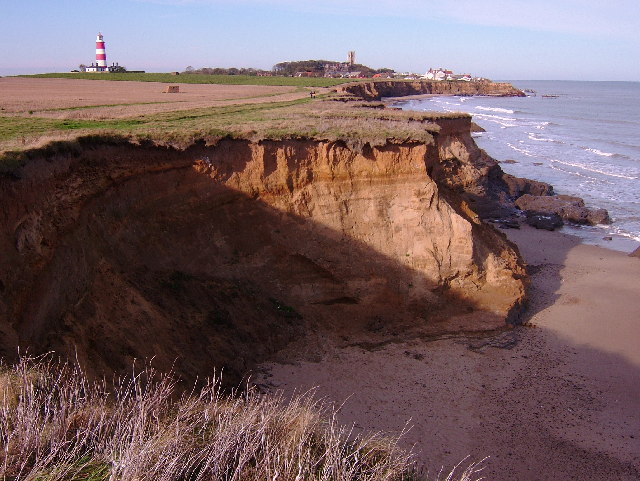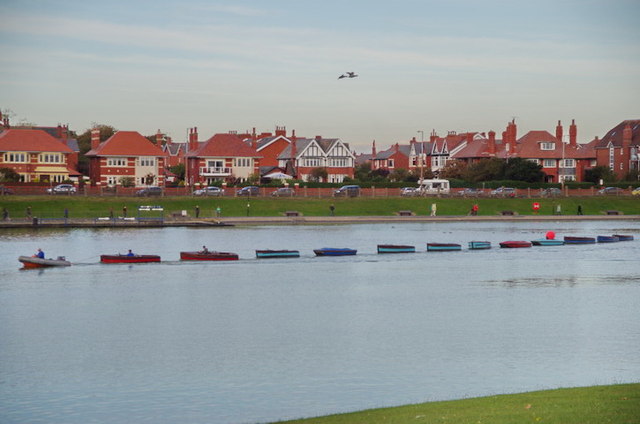This blog been written by a member of the Newground Flood Team.
Our coastlines naturally erode over time as material is removed by the action of the sea and wind. Areas that are most susceptible to coastal erosion are often located on low lying, reclaimed land or those which are composed of soft sediment.
The Department for Environment Food and Rural Affairs (Defra) have national responsibility for policy on flood and coastal erosion risk management (FCERM) in England. They provide funding for the risk management authorities (RMAs) to allow them to exercise their own responsibilities, which includes the management of our coastlines. Coastal RMAs include:
The Environment Agency estimate that ‘£1billion of investment will be required every year, for the next 50 years, for flooding and coastal change infrastructure’.
England has 2750 miles of coastline with roughly 1100 miles susceptible to coastal erosion. There are over 600 miles of coastal defences in place to protect infrastructure, communities and tourist / recreational areas. However, it won’t be technically feasible or financially viable to protect all our eroding coastline, indefinitely.
There are currently hundreds of properties at risk from coastal erosion in England and it’s estimated that over the coming decades this will rise into the tens of thousands. These estimates take into consideration the interventions proposed in shoreline management plans (SMPs) which are put together by local RMAs and the Environment Agency. Without such interventions, the number of vulnerable properties could be as high as 5,000 within 20 years, or even 28,000 in 50 years. (.gov-government/FCERM)
Conservative estimates for sea level rise vary between 0.4 and 1m by the end of the century, but this figure is contentious as some leading researchers are predicting that it could be much higher.
To manage the coastline effectively, different approaches are required for different locations. These measures are broadly split into four main strategies
All the above methods require technical, financial, environmental and social factors to be taken into consideration as part of the assessment of their viability.

Happisburgh and eroding cliffs cc-by-sa/2.0 – © Jim Whiteside – geograph.org.uk/p/76825
Happisburgh, Norfolk has seen hundreds of metres of shoreline disappear and 35 homes lost to erosion in the last 20 years, yet there is no plan to defend the area. This part of the coast is made of soft sediment and clay, which is extremely susceptible to erosion. While there have been coastal management interventions in the past, the cost of defending the 1400 people and 600 properties in the area is not viable.
The situation at Happisburgh is echoed at locations such as Skipsea, Aldbrough, Ulrome in Yorkshire and Hemsby in Norfolk. Four miles along the coast from Happisburgh, a £20m sandscaping project saw 2 million m³ of sand shifted and reprofiled to replenish a stretch of eroding coastline and protect Bacton gas terminal. The gas terminal is regarded as critical infrastructure, which imports and exports gas from Europe and provides up to 1/3 of the UK’s gas supply. The site owner is providing 2/3 of the funding required for the project, with the government providing the other 1/3. Since it was opened in 1969, the terminal has seen its distance from the sea reduced from over 100m, to just 10m. The scheme also benefits the communities of Bacton and Walcott.

Fairhaven Lake cc-by-sa/2.0 – © Alexander P Kapp – geograph.org.uk/p/3170423
At Fairhaven in Lancashire, £22m of sea defence upgrades were completed in the summer of 2020. The scheme replaced existing defences which were built in the late 19th century and will provide protection from coastal erosion for approximately 3400 properties for the next 100 years. The area is also an extremely popular tourist destination which provides hundreds of jobs and millions of pounds in revenue for the area.
As sea levels continue to rise, the message from the government is that all areas at risk from coastal erosion will not be defended indefinitely, if at all. While funding is available for largely populated areas of social or critical importance where the cost/benefit of protection is high, for many smaller communities on the East and South East of England there may be no active intervention planned to protect against coastal erosion. For those living in these areas, the idea of ‘adaptation’ offers no remedy to their situation. There appears to be little in the way of guidance or compensation from the government with homeowners feeling abandoned, facing the cost of demolishing their property and buying a new home.